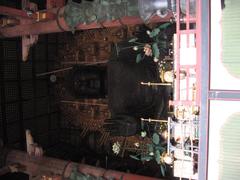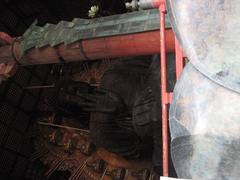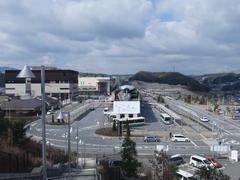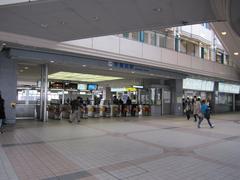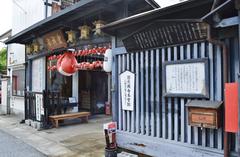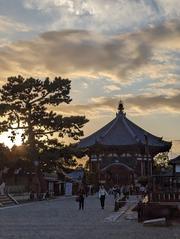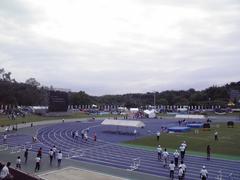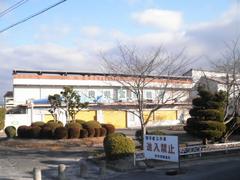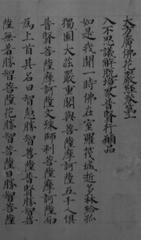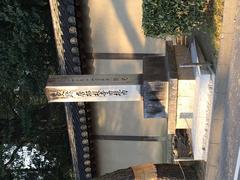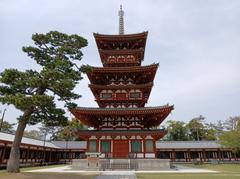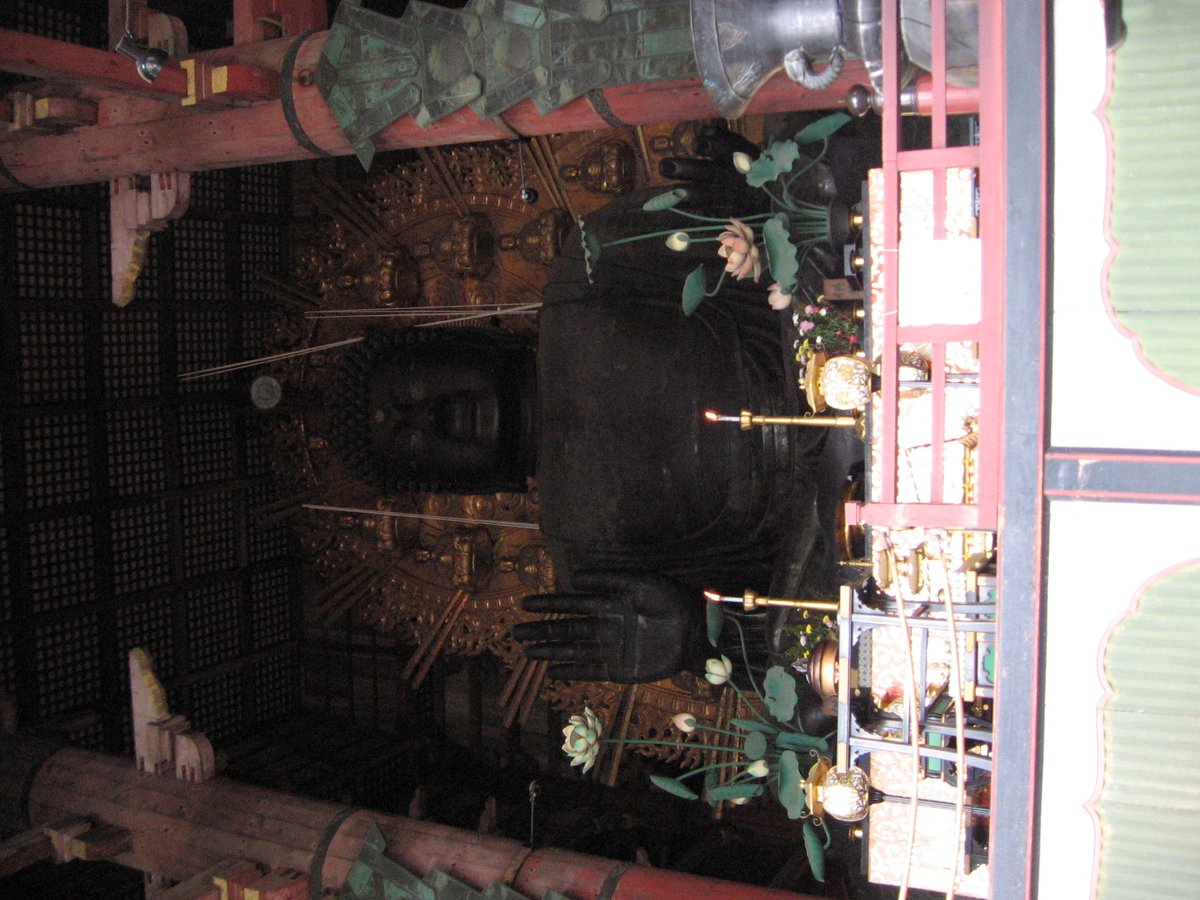
Todai-ji Daibutsu: Visiting Hours, Tickets, and Historical Sites in Nara
Date: 14/06/2025
Introduction
Tōdai-ji Temple, centrally located in Nara, Japan, is not only a monumental feat of ancient architecture but also a living testament to the country’s religious and cultural legacy. Founded in the 8th century under Emperor Shōmu’s directive, Tōdai-ji was conceived as the spiritual heart of state Buddhism in Japan. Its crowning jewel is the colossal bronze Great Buddha (Daibutsu), one of the world’s largest bronze Buddha images, housed in the awe-inspiring Daibutsu-den (Great Buddha Hall). The temple complex, recognized as a UNESCO World Heritage Site, is revered for its unique blend of Japanese and continental Asian influences, ongoing Buddhist rituals, and its role as the head temple of the Kegon school of Buddhism (Japan Travel; Britannica; Tōdai-ji Official Website).
This guide delivers essential information about Tōdai-ji’s visiting hours, ticketing, key attractions, accessibility, and tips for making the most of your visit.
Table of Contents
- Foundations and Historical Overview
- Architectural Highlights and Layout
- Major Restorations and Cultural Significance
- Visiting Tōdai-ji: Practical Information
- Artistic and Cultural Treasures
- Annual Events and Living Traditions
- Frequently Asked Questions (FAQ)
- Travel Tips and Visitor Experience
- Further Reading and References
Foundations and Historical Overview
Origins in the Nara Period
Tōdai-ji was established during the Nara period (710–784), a pivotal era when Nara served as Japan’s capital. Emperor Shōmu and Empress Kōmyō, intent on using Buddhism to unify and protect the nation, ordered the construction of provincial temples (kokubun-ji) throughout Japan, with Tōdai-ji as the chief temple (Smarthistory; Japan Travel). The temple’s creation was both a spiritual and political project, symbolized by the Great Buddha. The original Daibutsu-den, completed in 752, was supported by 84 enormous cypress pillars and required an immense mobilization of resources and labor—an estimated 2.6 million people contributed to the creation of the Daibutsu (Japan Travel).
Layout and Architectural Grandeur
The 8th-century Tōdai-ji complex was unprecedented in scale, featuring two nine-story pagodas, a vast lecture hall, living quarters for monks, and imposing gates (Smarthistory). The Daibutsu-den was the largest wooden building in the world at the time, and the bronze Daibutsu itself stood nearly 15 meters high. The architecture combined native Japanese styles with influences from Tang dynasty China—a testament to the cosmopolitan character of Nara-era Japan.
Major Restorations and Cultural Significance
Destruction, Reconstruction, and Endurance
Tōdai-ji has suffered numerous fires and wars. Notably, the temple was destroyed in 1180 during the Genpei War and rebuilt under the supervision of Shunjōbō Chōgen, who introduced Song dynasty architectural elements. The Nandaimon (Great South Gate), completed in the late 12th century, remains a striking example of this period and houses the renowned Nio guardian statues by Unkei and Kaikei (Off the Track Japan). The Daibutsu-den as seen today was reconstructed in 1709 during the Edo period, scaled down to two-thirds of its original size but still one of the world’s largest wooden buildings (Japan Travel).
UNESCO World Heritage Status
Since 1998, Tōdai-ji has been part of the “Historic Monuments of Ancient Nara” UNESCO World Heritage Site, recognized for its historical, architectural, and spiritual significance (Japan Travel).
Visiting Tōdai-ji: Practical Information
Opening Hours
- April–October: 7:30 AM – 5:30 PM (last entry: 5:00 PM)
- November–March: 8:00 AM – 5:00 PM (last entry: 4:30 PM)
Hours may change during special events—consult the official Tōdai-ji website before your visit.
Ticketing and Admission
- Adults: 600 yen
- Elementary School Students: 300 yen
Tickets cover entry to the Daibutsu-den; combined tickets for the Tōdai-ji Museum may also be available. Purchase tickets at the entrance or through authorized platforms.
Accessibility and Visitor Services
- The main approach and Daibutsu-den are wheelchair-accessible; some historic areas have steps or uneven paths.
- Rental wheelchairs and accessible restrooms are available.
- Shops and cafes are located near the entrance; eating and drinking inside temple halls is not permitted.
Guided Tours and Audio Guides
- Guided tours in multiple languages can be booked onsite or online.
- Audio guides are available for rent and via app download.
Best Photographic Spots
- Nandaimon Gate with its Nio statues
- Daibutsu-den exterior and the Great Buddha interior (respect photography guidelines)
- Nigatsu-dō Hall for panoramic views
Nearby Attractions
- Nara Park: Famous for free-roaming deer.
- Kasuga Taisha Shrine: Renowned for its stone lanterns and verdant setting.
- Kōfuku-ji Temple: Another UNESCO site in central Nara.
- Isuien Garden: Traditional Japanese garden nearby.
- Nara National Museum: Showcasing Buddhist art and Nara history.
Artistic and Cultural Treasures
The Daibutsu and Daibutsu-den
The Great Buddha (Daibutsu), representing Vairocana Buddha, is the spiritual and architectural focus of Tōdai-ji. At almost 15 meters tall and weighing over 250 tons, its creation in 752 was a marvel of ancient engineering (ancientengineeringmarvels.com). The Daibutsu-den, rebuilt in 1709, is a masterpiece of timber construction, supported by mammoth cypress columns (wikipedia).
Guardian Statues and Sub-Temples
- Nandaimon Gate: Houses the Nio guardian statues—Kamakura-period masterpieces.
- Kaidan-in (Ordination Hall): Home to clay statues of the Four Heavenly Kings.
- Nigatsu-dō and Hokkedō: Host significant annual ceremonies and house important Buddhist statuary.
- Todaiji Museum: Displays treasures such as Buddhist statuary and ritual implements (travelcaffeine.com).
Artistic Motifs
Buddhist iconography such as lotus flowers, guardian deities, and cosmic symbolism pervade the temple’s art and architecture, reflecting the Kegon school’s emphasis on universal interconnectedness (nippon.com).
Annual Events and Living Traditions
- Omizutori (Water-Drawing Ceremony): Held every March at Nigatsu-dō, this ancient ritual features dramatic torch processions.
- Nara Tōkae (Lantern Festival): In August, thousands of lanterns illuminate the park.
- Seasonal Highlights: Cherry blossoms (April) and autumn foliage (November) enhance the temple’s scenic beauty.
Frequently Asked Questions (FAQ)
Q: What are Tōdai-ji’s visiting hours?
A: 7:30 AM–5:30 PM (April–October), 8:00 AM–5:00 PM (November–March). Check the official website for updates.
Q: How much is admission?
A: 600 yen for adults, 300 yen for elementary school students.
Q: Is the temple wheelchair accessible?
A: Major areas are accessible; some historic sites may be challenging.
Q: Are guided tours available?
A: Yes, in multiple languages, and audio guides are offered.
Q: Can I take photos inside the Great Buddha Hall?
A: Photography is permitted in most areas; avoid flash and tripods and follow posted rules.
Q: What else can I visit nearby?
A: Kasuga Taisha Shrine, Kōfuku-ji Temple, Nara National Museum, and Isuien Garden.
Travel Tips and Visitor Experience
- Getting There: Tōdai-ji is a 15–25 minute walk from Nara’s main train stations, or a short bus ride (Daibutsu-den Kasuga Taisha-mae bus stop).
- Best Times to Visit: Early morning or late afternoon on weekdays for fewer crowds; cherry blossom and autumn foliage seasons are especially scenic.
- What to Wear: Comfortable shoes and modest attire; be prepared for weather changes.
- Facilities: Restrooms, souvenir shops, and nearby cafes are available; eating inside temple halls is prohibited.
- Deer Safety: The sika deer in Nara Park are friendly but can be assertive; feed them with caution and only deer crackers from official vendors.
Further Reading and References
- Japan Travel – Tōdai-ji
- Britannica – Todai-ji Temple
- Ancient Engineering Marvels – Tōdai-ji
- Tōdai-ji Official Website
- Wikipedia – Tōdai-ji
- Smarthistory – Tōdai-ji
- Off the Track Japan – Tōdai-ji
- Travel Caffeine – Tōdai-ji Review & Tips
- Nippon.com – Guide to Tōdai-ji
- Japan Guide – Nara Access
- Nara Park – Tōdai-ji Temple
- lestacworld.com – Important to Know about Tōdai-ji Temple
- article.bespes-jt.com – Tōdai-ji Temple
